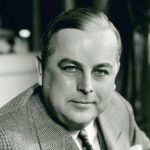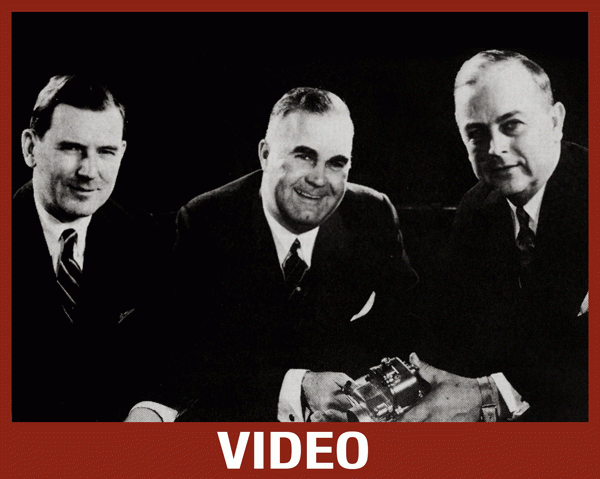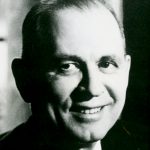As Walter P. Chrysler was planning to acquire the ailing Maxwell Motor Company and create the Chrysler Corporation, he was quoted as saying “I will surround myself with the finest and keenest minds that man can commandeer.”
His first step in this strategy was to hire three talented engineers he had worked with at Willys-Overland. The three, known throughout the industry as the “Three Musketeers” (all Automotive Hall of Fame inductees) were: Carl Breer (1976), Fred Zeder (1998) and Owen Skelton(2002). Based on their accomplishments, Mr. Chrysler’s vision was rewarded with success.
Breer was appointed Chrysler’s first head of Engineering and Research, a position he held for nearly a quarter of a century. Considering the firsts that Chrysler engineering accomplished during his tenure, it is safe to say his engineering genius was ahead of its time.
Breer’s destiny was decided when automotive pioneer Frank Duryea brought one of his early steam-powered Motor Wagons to Los Angeles. Seeing it made Breer want to build his own, and by age 17 he had done just that, creating his steam-powered automobile with parts he designed and machined.
To catalog the engineering firsts that occurred “on his watch” while heading Chrysler Engineering would fill a book. There are two major accomplishments that define the man.
The first was his vision of creating the Chrysler Engineering Institute. With a higher ratio of engineers to employees than other companies, Breer had found that the supply of qualified engineers trailed the demand…and when recruiting engineers from other companies, it took a year to train them in Chrysler scientific systems and procedures.
Suggesting to Mr. Chrysler that they create their own Engineering school, Breer was given the green light. Working with then-president and Hall of Fame inductee (1971) K.T. Keller, the school was up and running in 1931. By 1933 it was accredited by the State of Michigan to confer graduate Engineering degrees (Masters and Doctorate) to qualified students.
A second seminal achievement in his resume was an outgrowth of his engineer’s fascination with the effects of wind-drag on automobiles. As a result of this interest, Chrysler would become the first major automobile producer to have their own wind tunnel to test the efficiency and benefits of various shapes.
Breer’s investigation of the effects of wind-drag on automobiles resulted in a streamlined concept called the Chrysler Airflow, a radical design first displayed in 1934. The public’s early enthusiasm dimmed when the car got to the market later that year. Three years later, it was discontinued, a financial and marketing failure. The idea was sound, and eventually all modern automobiles would adopt Breer’s aerodynamic concepts. Unfortunately, the time wasn’t right for a radical change in a country still fighting the effects of the Great depression.
Breer summed Chrysler’s Airflow philosophically, “The car was too far ahead of its time”.


